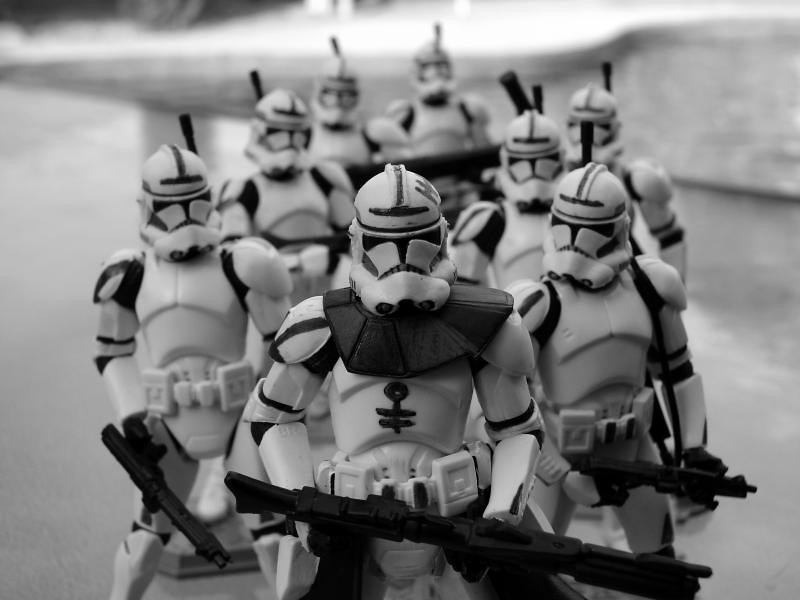During the weekend of June 21st, two conferences occurred - Blogging While Brown in Harlem, NY and Netroots Nation in San Jose, CA. These are both conferences that cover issues that I am interested in, and I wish I could clone myself and go to both!
I selected Blogging While Brown, but unfortunately I had to cancel due to a business obligation. So here I was - two conferences going on and I wasn't able to go to either. I was pretty pissed. The only solution was to use Twitter to follow the conference and essentially clone myself so that I could be in three places at the same time.
Technology to the rescue! I used Tweetdeck to watch both hashtags from the conference (#BWBNYC and #NN13). I also made sure to set up a separate filter for each hashtag and the word "question". This enabled me to watch for questions that people asked (so I could ask follow up questions), as well as find when questions were being thrown out to Twitter community to answer.
@GetUpStandUp2 The panel is currently taking questions, use #colorofed to engage with the panel and ask your question #nn13
— Dacia (@daciatakesnote) June 22, 2013
RT @ShareefJackson: @ljoywilliams what about kids in school now? How to balance that with long term reform? #colorofed #nn13
— Imani ABL (@AngryBlackLady) June 22, 2013
.@ShareefJackson gets a remote shout-out for his question. https://t.co/Z6g6FX4Lnr Whoop whoop! #TWiB #colorofed #NN13
— Imani ABL (@AngryBlackLady) June 22, 2013
I was able to interact with conference attendees so often that some people actually thought I was at the conference! My little Shareef clones attended the conferences and people actually mistook them for me! Check out the following tweets.
@ShareefJackson You're sooo making me wish I were at #BWBNYC! Will have to live vicariously through your TL. ;)
— Simply Debi (@SimplyDivaland) June 22, 2013
@shareefjackson Quiet as it's kept...I was definitely looking for you at #bwbnyc until I saw that you aren't actually here......
— Lucelia Cherie (@LuceliaCherie) June 22, 2013
@shareefjackson Totally understand. You were just so present that I was literally looking around the room for you! :) Another time!
— Lucelia Cherie (@LuceliaCherie) June 22, 2013
@ShareefJackson Hi! Still at #bwbnyc? If so, I'd love to meet.
— Kelly Virella (@kvirella) June 22, 2013
@ShareefJackson oh no! Well let's keep in touch on Twitter. I'm very interested in science writing.
— Kelly Virella (@kvirella) June 22, 2013
Good luck with cloning yourself and attending conferences from afar!










